The string quartet is often regarded as one of the most beautiful forms of classical music. I certainly agree, but if you’re skeptical, let’s take a look at the history of this art form together!
A string quartet can be either a piece of music written for four string instruments, or a group of four musicians. We’ll talk a bit about both, plus I’m sharing a few of my favorite, most influential string quartets written by some of the world’s greatest composers!
Let’s journey together through the history of the string quartet, and what makes this music so unique.
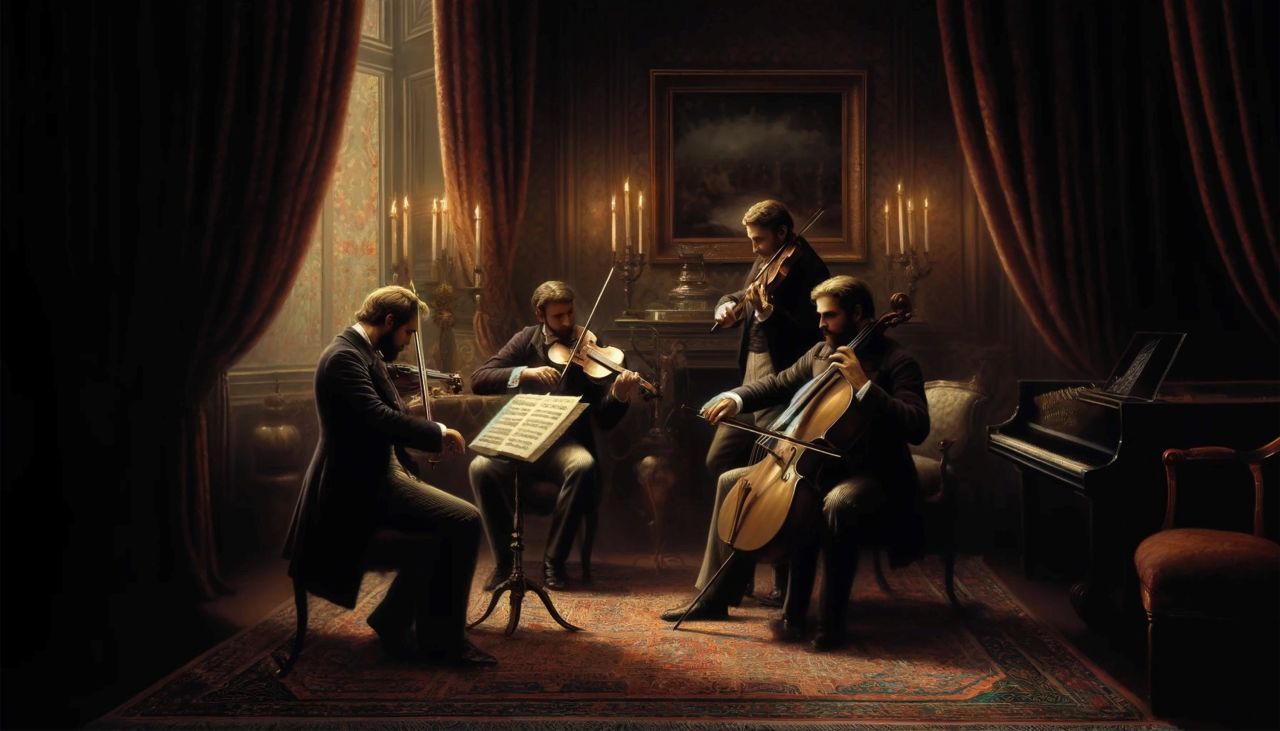
What is a String Quartet?
The term string quartet has two meanings: the first is a composition for two violins, one viola, and a cello; and the second is the ensemble itself, made up of the same instrumentation of four instruments.
The string quartet as a composition was made popular by Franz Joseph Haydn in the 18th century, and since then, it’s been one of the most popular forms of classical music.
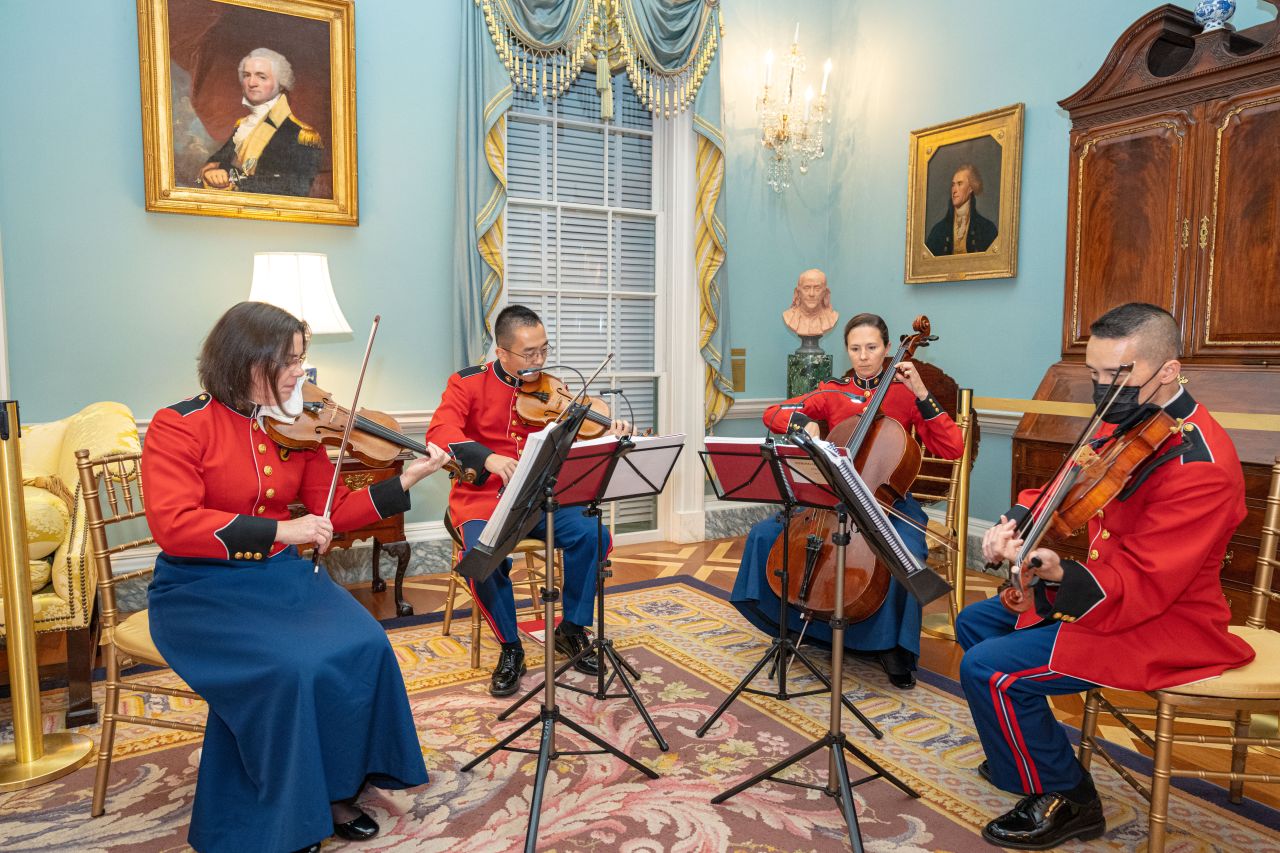
History of the String Quartet
The string quartet as a composition has gone through a few phases throughout music history.
Classical Period
The first composer to write a string quartet was Haydn. Before this, the closest thing to a string quartet was a trio sonata: two solo instruments with a bass instrument and keyboard. Haydn wrote his first few string quartets out of necessity: he was playing in a group of musicians who played violin, viola, and cello. He wrote his first string quartets for them to perform, and the ensemble and composition was born!
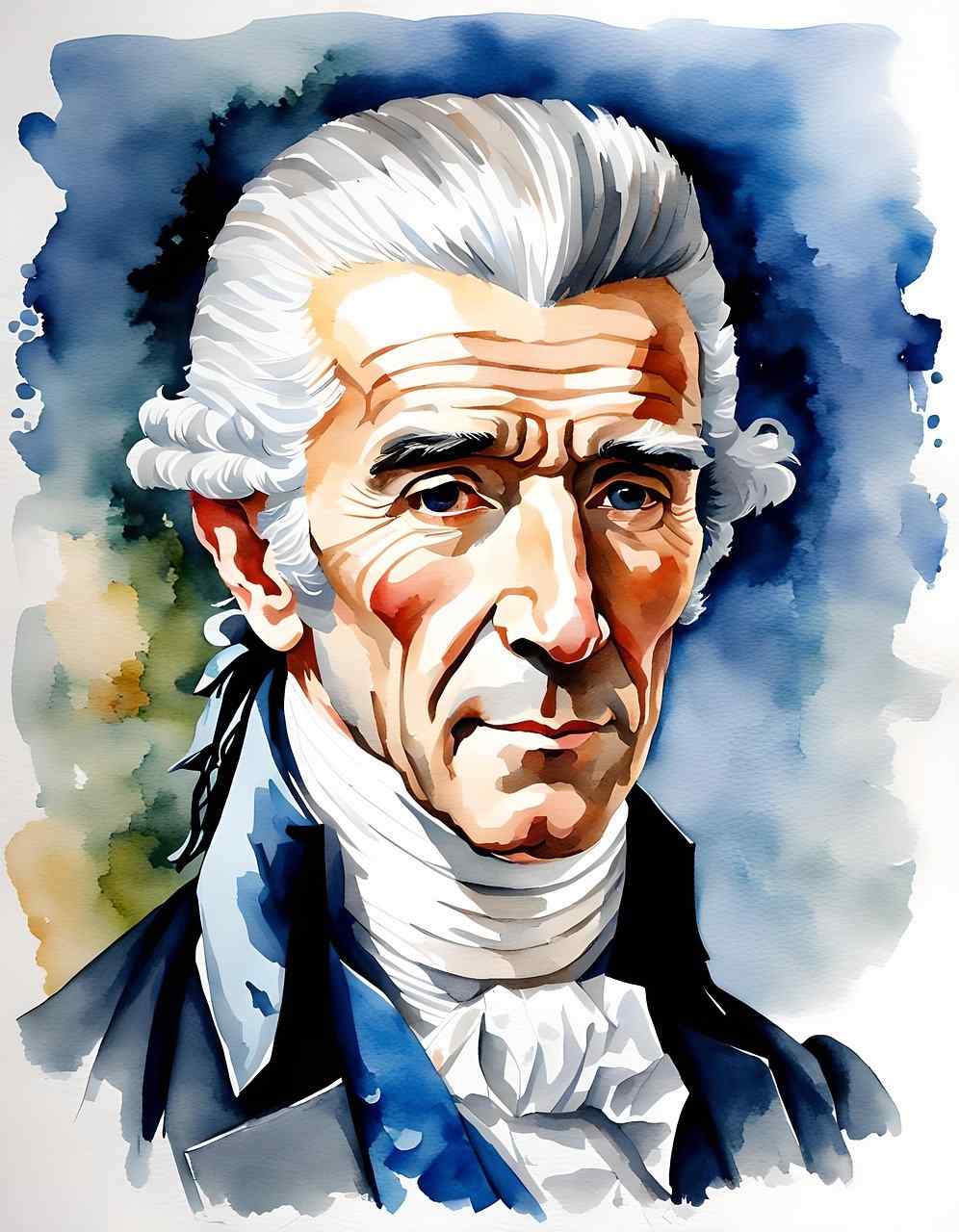
Haydn wrote 63 string quartets throughout his life. Each one consisted of four movements, which is generally accepted as the standard form of a string quartet work.
The movements generally followed this order:
- Fast movement
- Slow movement
- Minuet & Trio
- Fast movement
Following Haydn’s lead, Mozart and Beethoven wrote their own quartets as well.
Mozart wrote a total of 23 string quartets; six of which were dedicated to Haydn. Mozart’s quartets followed the format Haydn had started, and are peak examples of great classical music.
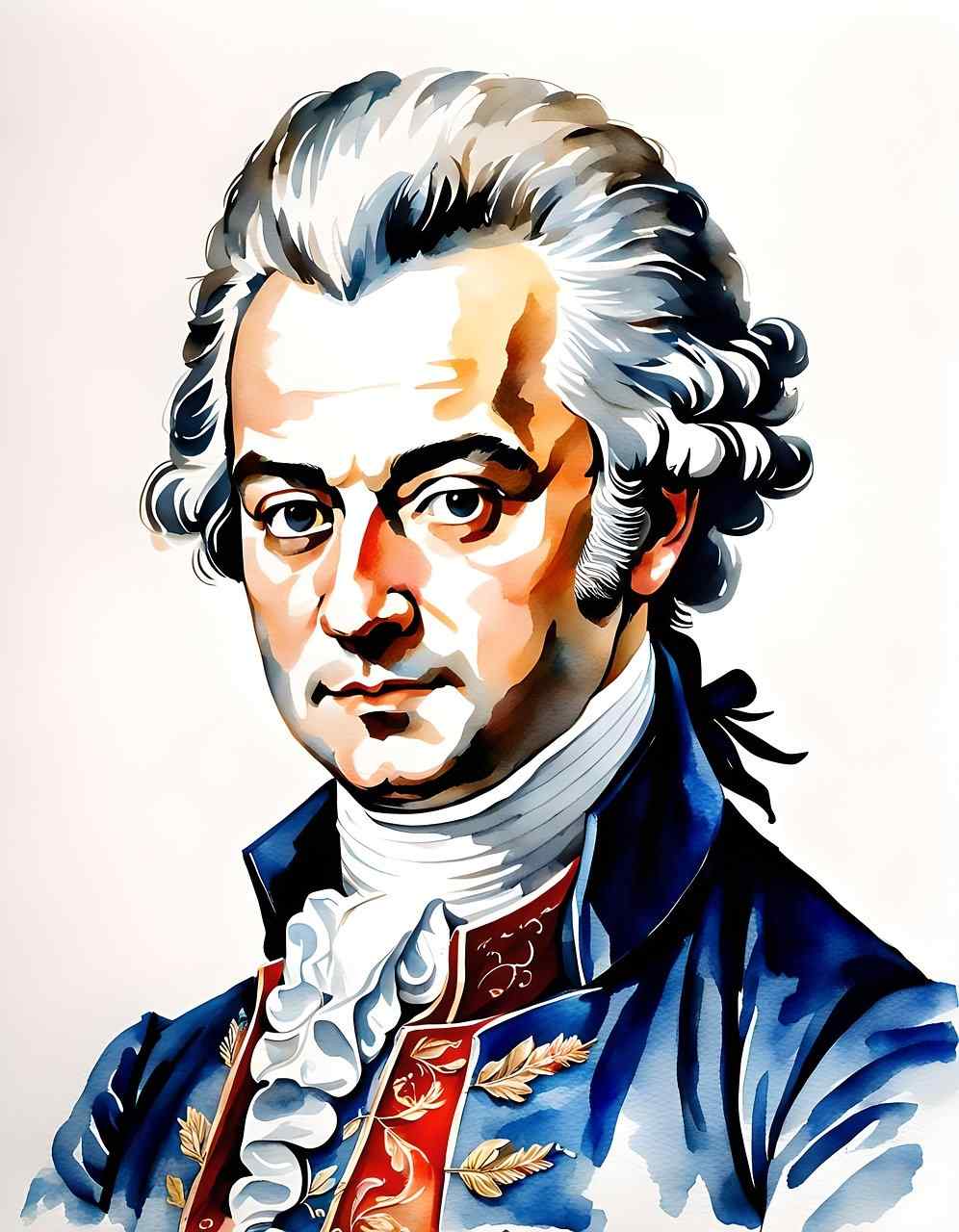
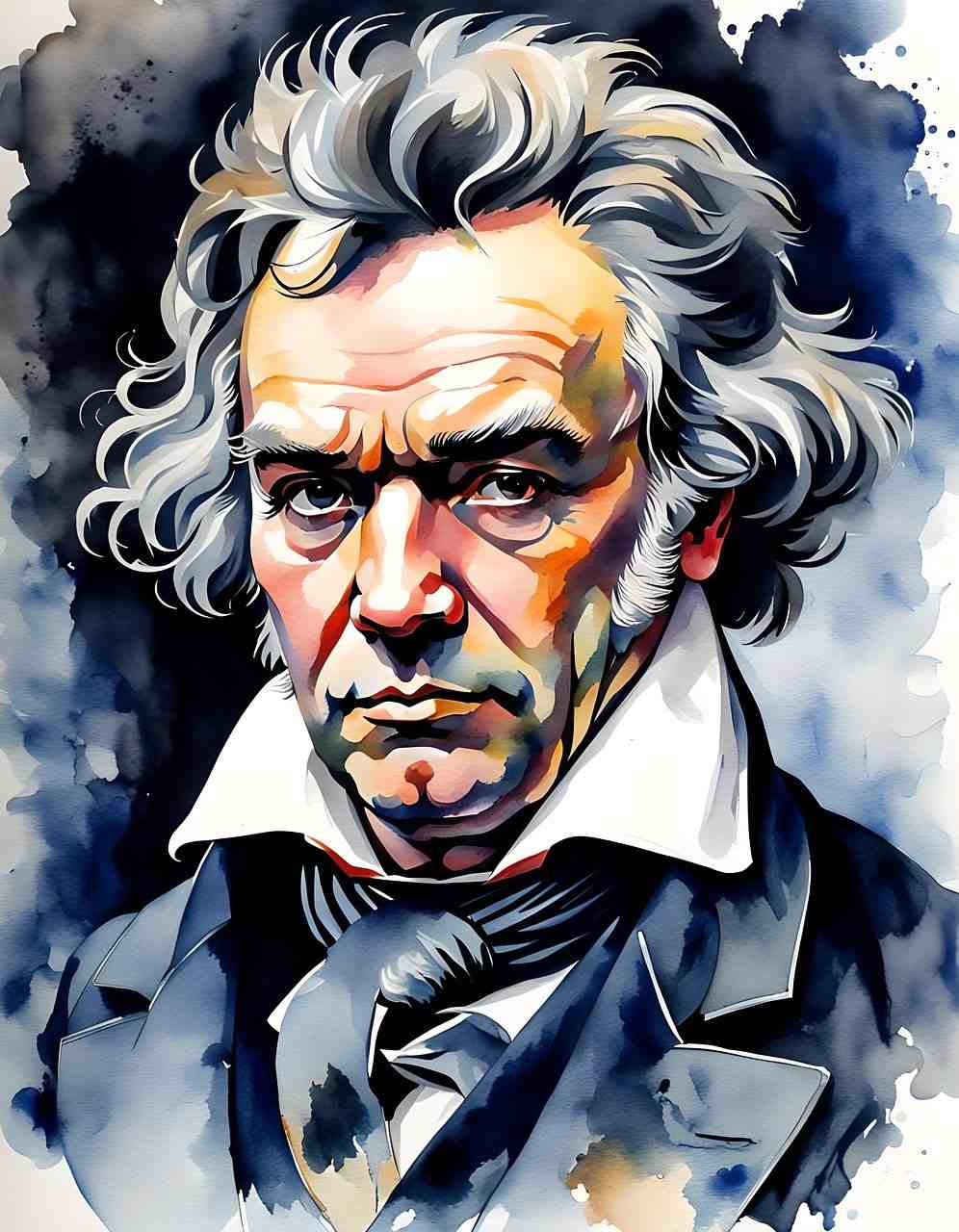
The ever-popular Classical era composer Beethoven wrote 16 quartets and shaped the musical form into something a little different. While his early quartets were written in the style of his teacher Haydn, his musical composition style evolved as he grew older. His string quartets grew longer, more emotional, and harder to play. The harmonies grew more complex, and he sometimes blurred the lines between movements. His late string quartets bridge the gap into the Romantic era.
Romantic Era
String quartet writing hit a bit of a lull in the 19th century, while many composers focused on writing orchestral music and creating new forms. A huge debate within the musical community at this time was the idea of absolute versus program music.
Czech composer Beřich Smetana was the first composer to write programmatic chamber music. His first string quartet, “From My Life” was written towards the end of his life, after he went deaf. The quartet tells the story of his life, from being a young composer to writing dance music to falling in love, to going deaf, and his hope for the future. The movements are periodically interrupted by a sustained high E—meant to represent the ringing he heard in his ears more and more frequently until he went fully deaf.
This work opened the doors for composers to write string quartets with very personal themes. The intimate scoring of four instruments—played by just four musicians—leads beautifully to intimate themes and conversations.
In addition, composers started writing string quartets with the mindset of there being four equal instruments. Previously, string quartets were very first violin-heavy. The first violin was seen as the main voice and was given the melody most often. From the Romantic era forward, the four instruments began playing a more equal role, as string quartet music became more and more difficult, and composers began writing with professional musicians in mind, rather than amateur musicians playing for fun at home.
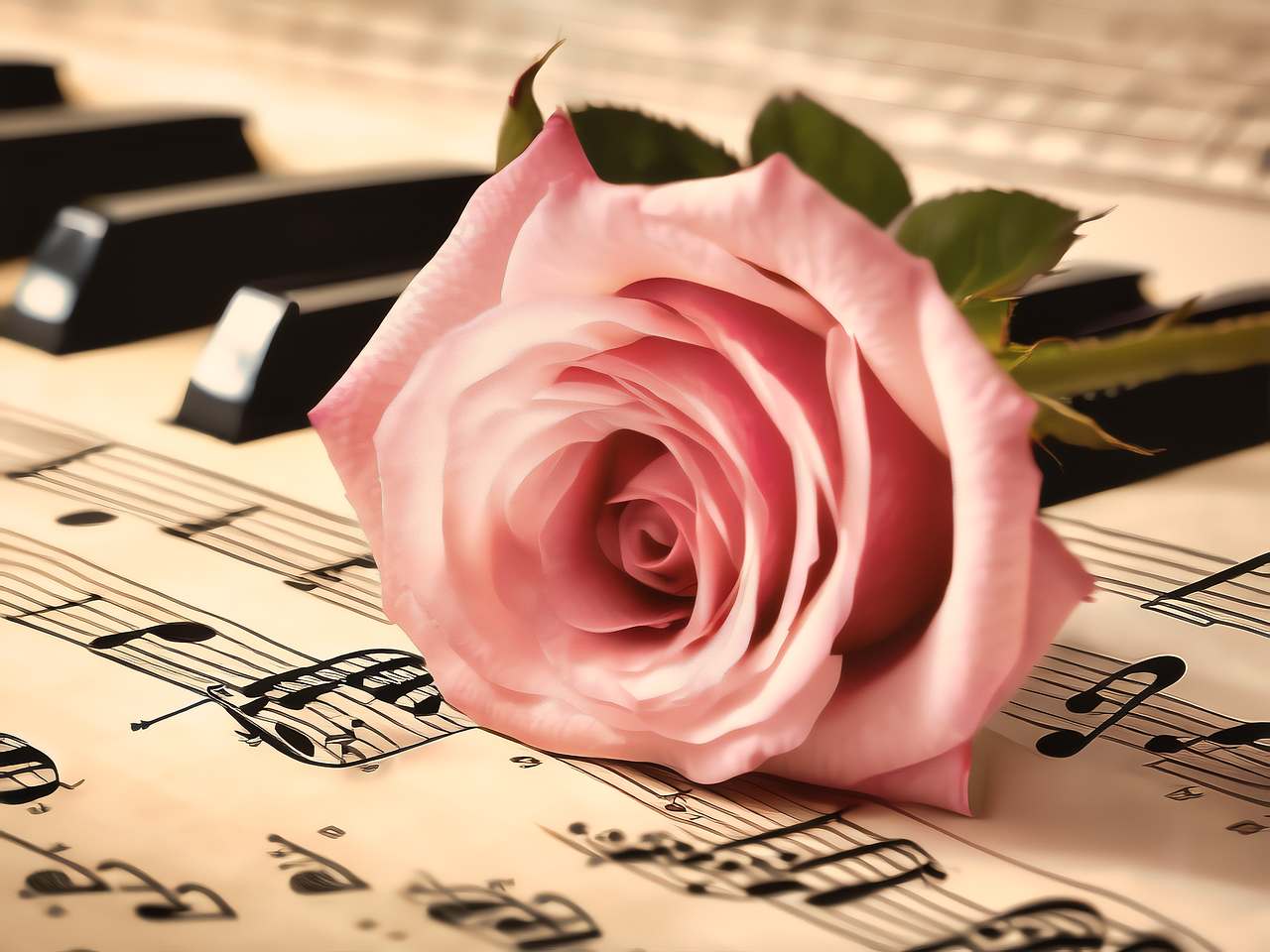
20th Century
The string quartet experienced a resurgence in the 20th century, as composers of the time disregarded form and created new harmony systems.
Béla Bartók was a Hungarian composer who studied his country’s folk music and wrote the tunes into his own compositions. He continued this practice in his six-string quartets, filling them with folk melodies, while also using modern composition techniques like whole-tone scales, shifting tonalities, and varying time signatures.
We can’t talk about 20th-century string quartets without mentioning Shostakovich! This popular composer from the Soviet Union wrote 15 string quartets and used them to share his inner thoughts through the intimate ensemble. While the composer publicly aligned himself with Stalin and his politics, he inwardly, through his smaller works like chamber music, critiqued it. Many of his string quartets quote other melodies he’d written, outlining something like secret messages to those who could listen.
Other composers in the 20th century added their own flair to the string quartet form. Schoenberg added a vocal part to his second string quartet; Morton Feldman’s second string quartet is meant to last for 4-6 hours; and Stockhausen wrote a string quartet meant to be played in helicopters!
The 20th-century music world was full of creativity and stretching the boundaries, and the string quartet was absolutely a part of that transition!
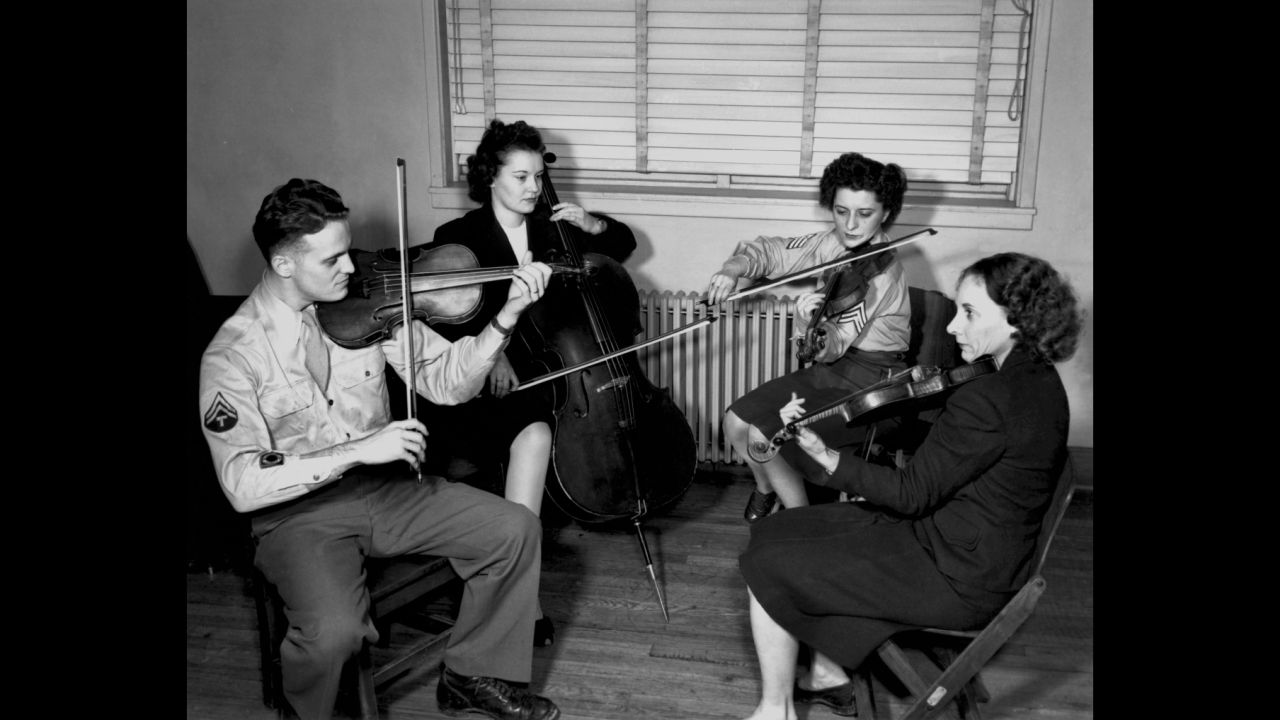
Today
Today, anything goes. Some composers write string quartets following the tradition Haydn started with four movements and traditional harmony; others create works that are entirely new and free.
The Kronos Quartet is an ensemble that formed over 50 years ago and has championed and commissioned new string quartets from modern composers. Their Fifty for the Future project offers free sheet music and recordings of new string quartets. It’s really helped expand this form of music!
Additionally, the Vitamin String Quartet has been playing covers of pop, rock, and jazz music for years. This style of playing has become popularized by the series Bridgerton, which features string quartet covers of pop songs in its soundtrack.

14 Notable String Quartets
While there are hundreds, even thousands of string quartets out there, I’ve created a list of some of the most influential string quartets throughout music history so far. Take a listen and enjoy this beautiful music!
Haydn String Quartet Op. 76, No. 3 in C Major, “Emperor”
One of Haydn’s most popular string quartets is the one nicknamed “Emperor,” since the second movement was written to honor the Austrian emperor. Inspired by England’s “God Save the King,” Haydn set out to create an Austrian equivalent. The result was the second movement of his string quartet in C Major. This melody then became the national anthem of Austria, and then Germany, for over a century.
Mozart String Quartet No. 19 in C Major, K. 465, “Dissonance”
Mozart’s most famous and influential string quartet is the “Dissonance”, which gets its nickname from the extreme tension at the beginning of the first movement. This quartet was the last of those Mozart wrote for Haydn. Mozart and his father premiered the piece and two of Mozart’s other “Haydn” quartets exclusively for the revered older composer.
Beethoven String Quartet No. 14 in C sharp Minor, Op. 131
Beethoven, always the creative, evolved the string quartet in many ways, his quartet in C sharp minor, for example, is seven movements long! I’d say that’s quite a bit longer than the standard four-movement form!
This string quartet is said to be Beethoven’s favorite, although he died before it was published and premiered. Many composers ever since have considered this quartet to be one of the most beautiful and influential pieces of music ever written. Take a listen, and I’m sure you’ll hear the heartbreak and wild emotions portrayed within the music.
I also highly recommend checking out Beethoven’s Grosse Fugue! It’s a one-movement-long work for a string quartet, written around the same time as op. 131. It was originally written as the final movement for his 13th string quartet, but his publisher urged him to separate it, as he thought it was a bad ending. Today, you’ll sometimes hear it performed at the end of the 13th string quartet, and other times, you’ll hear it on its own.
Schubert String Quartet No. 14 in D Minor, “Death and the Maiden”
Schubert wrote a few really beautiful, exciting string quartets, but the most famous is his Death and the Maiden. The nickname comes from the theme of his second movement, where the melody was taken from a song he wrote earlier in his life by the same name.
This string quartet was written in 1824, while the young composer was dying. The main theme of the entire quartet is dancing with death. The music reaches exciting yet anxious heights, and other times dips into more quiet moments of introspection.
If you enjoy Schubert’s music, I recommend listening to the Rosamunde quartet as well! It was written at around the same time as Death and the Maiden, and quotes a few different songs and incidental music written earlier in his life. You won’t regret an afternoon spent listening to Schubert’s chamber music!
Borodin String Quartet No. 2 in D Major
Back to a more traditionally-written string quartet from the Romantic era: Borodin, who was also a chemist, wrote this quartet in 1881, in dedication to his wife. This quartet is most popular for its third movement, “Notturno” (night music). It’s a lovely movement, as is the entire work. See if you happen to recognize it!
Smetana String Quartet No. 1 in E Minor, “From My Life”
As I mentioned earlier, Smetana’s “From My Life” quartet was one of, if not the first piece of program music for a chamber group. The composer wrote it almost as a biography of his life. The intermittent high E that interrupts the melody represents the ringing he heard in his ears increasingly more and more until he became deaf. Here, you can see the four instruments becoming more and more equal–the string quartet opens with a viola solo!
This is one of my favorite string quartets. It’s beautiful, raw, and emotional. I hope you enjoy it too!
Debussy String Quartet in G Minor, Op. 10
The popular Romantic era composer Debussy only wrote one quartet, but it’s iconic nonetheless. This quartet is a beautiful foray into the Impressionist movement, where textures take the forefront over traditional melodies.
The premiere of this quartet was met with mixed reactions but has since earned its place as an influential string quartet. French composer Maurice Ravel, who lived at the same time as Debussy, modeled his own string quartet after this one!
Bartók String Quartet No. 4
Bartók’s six string quartets were innovative in form, harmony, and texture. His fourth string quartet is a five-movement-long fan favorite! The second movement is played using mutes, and the third movement is a take on night music. Take a listen and see how it compares to Borodin’s night music!
The fifth movement of this quartet is played using different types of pizzicato. Techniques that weren’t commonly used in the Classical and Romantic periods, and create different sounds and textures are called extended techniques. Some of the types of pizzicato in this movement are considered extended techniques!
Berg Lyric Suite
Alan Berg wrote this six-movement work for a string quartet between 1925-1926. It uses twelve-tone rows as its tonality system, a huge departure from the harmonies of Classical and Romantic era string quartets!
This is an important string quartet in music history, as it’s one of the earliest uses of Schoenberg’s twelve-tone system, and certainly the first time this type of harmony was used for a string quartet!
Shostakovich String Quartet No. 8 in C Minor
Shostakovich wrote a total of 15 string quartets in his lifetime, but the eighth is by far the most popular and most performed. This is an emotional piece full of the most raw emotions imaginable. The quartet sheet music says at the top, “in remembrance of the victims of fascism and war.” He wrote this string quartet in just three days, in Dresden, Germany, where he was meant to compose film music for “Five Days – Five Nights,” a film on the destruction of Dresden at the end of World War II.
However, the string quartet is also seen as autobiographical. The main melody in the first and final movements is D-E flat-C-B, which in German is D-ES-C-H, outlining the first letter of his first name, and (omitting E) the first three letters of his last name in the German spelling.
In addition, the string quartet quotes both multiple pieces the composer had written earlier in his life and other popular favorites. Shostakovich’s music often carried double meanings, hiding whether he was actually supportive of his government or not. He did write, in a letter, that “you could even write on the cover: ‘Dedicated to the memory of the composer of this quartet’.”
Stockhausen Helicopter String Quartet
Probably the most innovative string quartet on my list is Stockhausen’s Helicopter String Quartet. The composer wasn’t interested in writing a quartet until he had a dream where each member of a string quartet performed in separate, transparent helicopters.
He made this dream a reality by writing a string quartet that’s meant to be played in helicopters. It was premiered and recorded in 1995 and has been performed regularly since. The musicians play tremolos that are meant to blend into the sound of the helicopter blades, making it seem that the helicopters themselves are making the music.
Famous Modern String Quartet Groups
In addition to talking about the string quartet as a form of music, I think it’s also important to discuss string quartet ensembles themselves.
Here are a few popular chamber groups to look into:
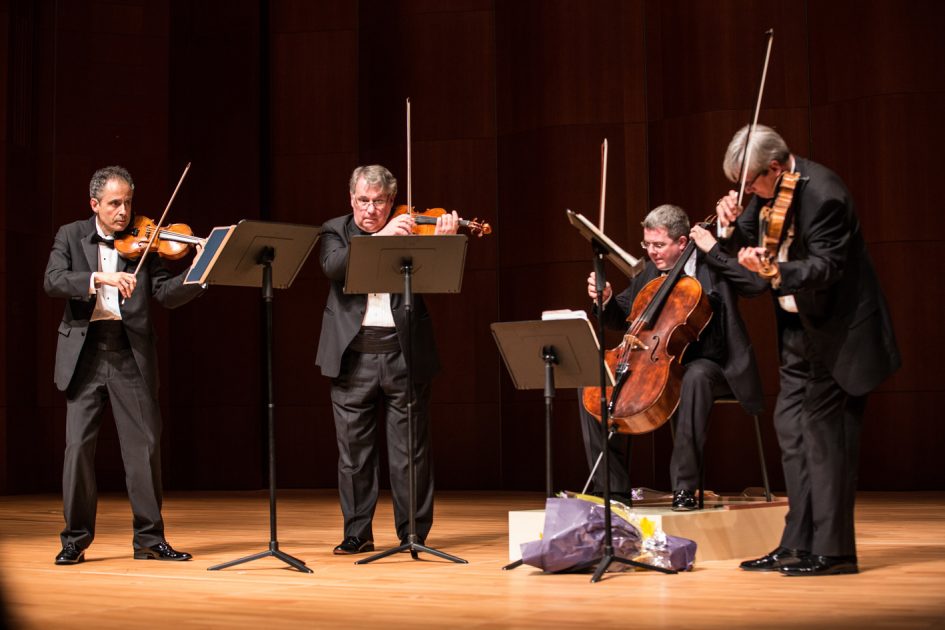
Emerson String Quartet
The Emerson String Quartet is known as “the greatest American quartet”, and was formed when the members were students at Juilliard. They recorded over 50 albums together, and have won nine Grammy awards. They retired in 2023, but their recordings are some of the best, and they’ve made a huge mark on the classical music world.

Kronos String Quartet
The Kronos Quartet was formed in 1973, and its main mission is revolutionizing the string quartet as we know it. They’ve commissioned numerous new quartets, and mentored up-and-coming classical musicians all over the United States.

Vitamin String Quartet
Vitamin String Quartet isn’t so much a single ensemble – the musicians vary from album to album. However, with the growing popularity of pop string quartet covers, their music is becoming more mainstream.
Vitamin String Quartet covers pop, rock, jazz, and soundtracks on their instruments. Their music is fun to listen to, and you might feel inspired by them if you want to learn pop music on your violin!
Learn even more…
String quartets have greatly evolved since Joseph Haydn made them popular in the 18th century. Through different forms, tonalities, and textures, one thing remains the same: there are always four musicians at the heart of it.
If you enjoyed learning about quartets, you might also enjoy learning about The Greatest Violin Concertos, The 10 Most Famous Violinists of All Time, or Violin and Piano Duets.
























